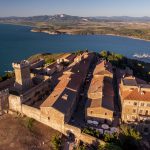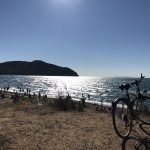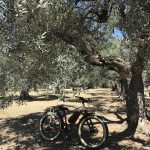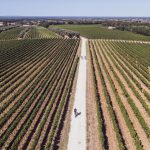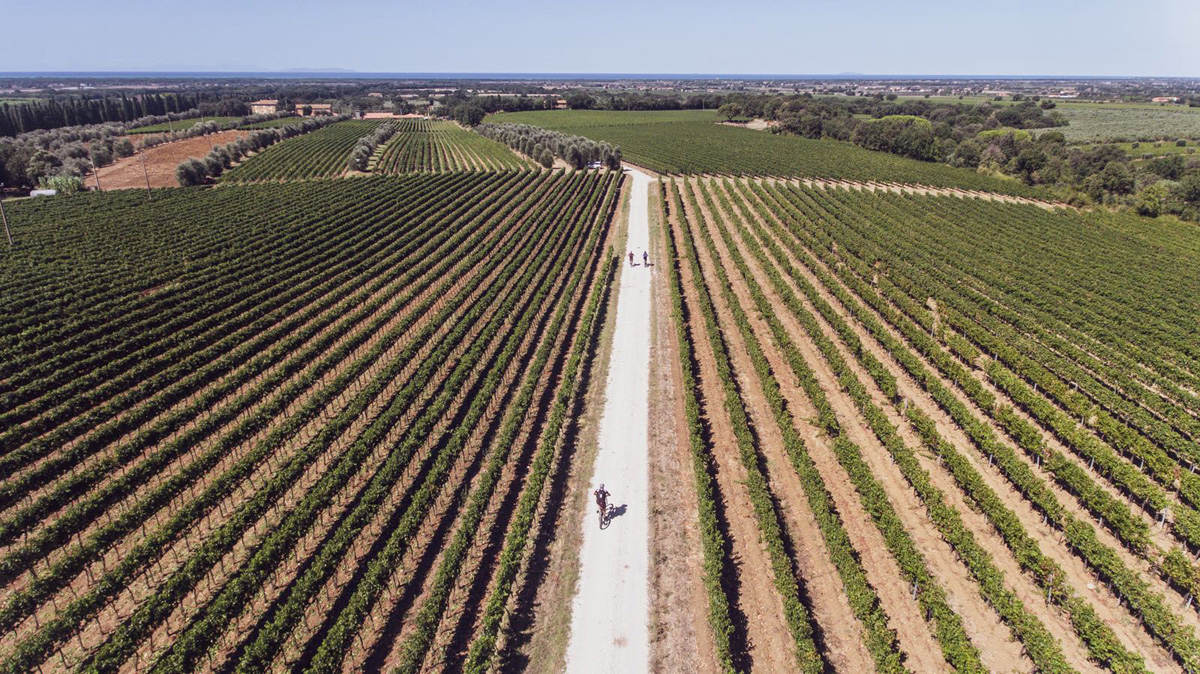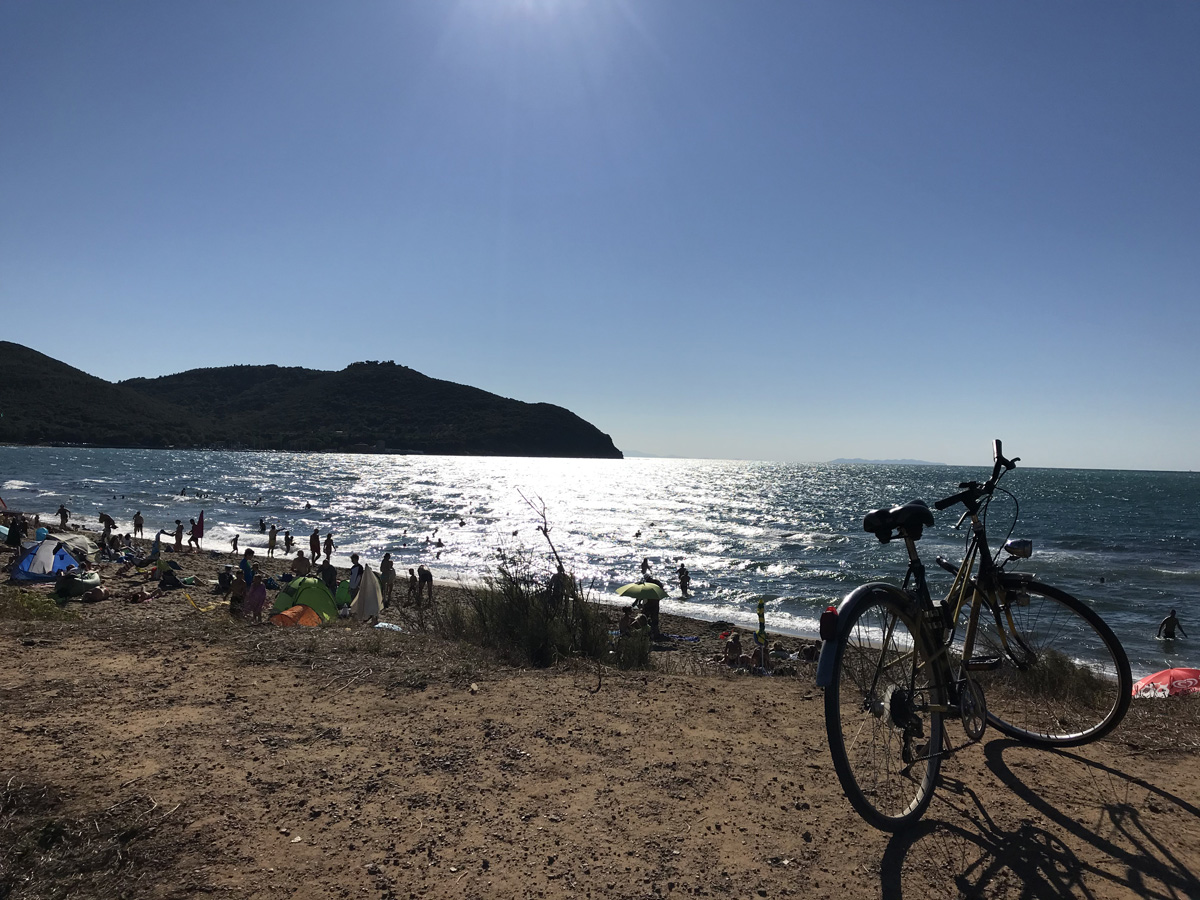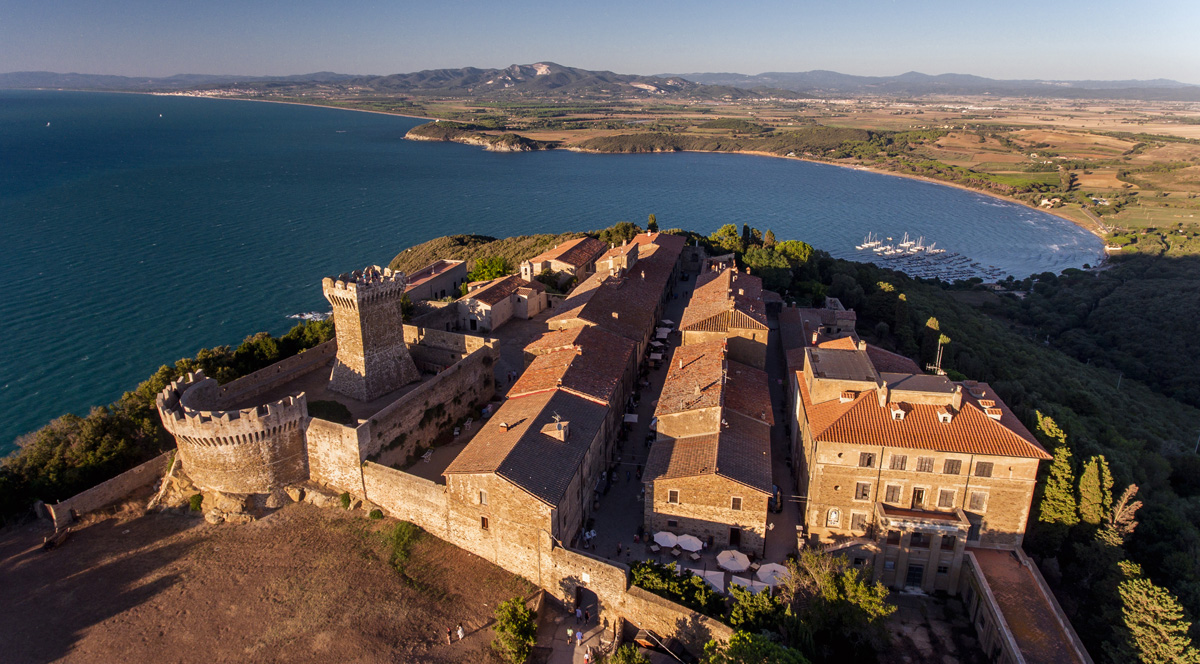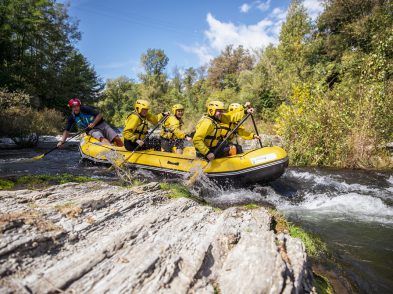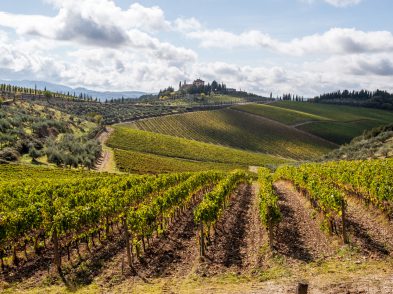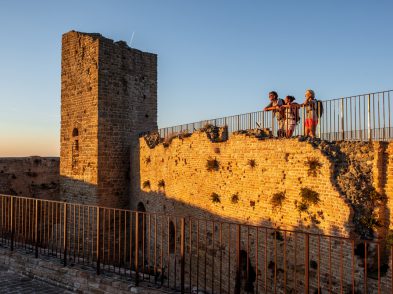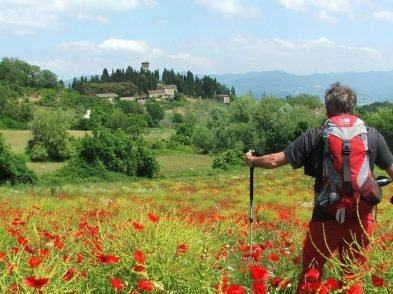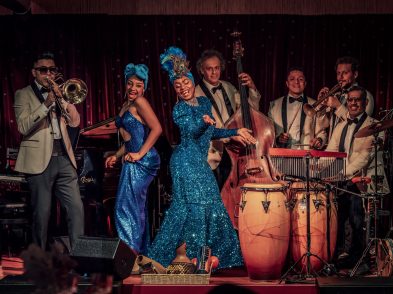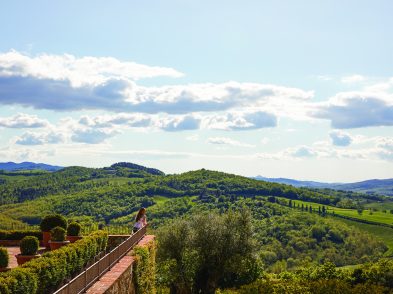- Photos by Alice Russolo for Toscana Promozione Turistica
- Photos by Alice Russolo for Toscana Promozione Turistica
- Photos by Alice Russolo for Toscana Promozione Turistica
- Photos by Alice Russolo for Toscana Promozione Turistica
- Photos by Alice Russolo for Toscana Promozione Turistica
- Photos by Alice Russolo for Toscana Promozione Turistica
The sea breeze rustles the pink and white rhododendrons as we mount our e-bikes to explore the Etruscan Coast. Our point of departure is where the viale dei Cipressi meets the via Vecchia Aurelia.
“The tall straight cypresses in double row run from San Guido to Bolgheri” was how nineteenth-century local writer Giosuè Carducci described this legendarily poetic avenue. While the image of those towering, age-old green guardians still linger in the collective imagination today, Bolgheri and the entire Etruscan Coast is shifting beyond the picturesque into adventurous action.
Bolgheri
The avenue of cypress trees is the perfect warm-up for assisted bike initiates, allowing us to master the gear shifting and gain momentum along the barely uphill five-kilometre route. Bolgheri beckons us in through the brick archway emblazoned with the Della Gherardesca family coat-of-arms. Our e-bikes elicit interest among tourists, but the locals are accustomed to the two-wheeled mode of transport—as a matter of fact, it feels like everyone arrives in Bolgheri by bike, one cyclist after another ambling through the old gate. Wander around the manicured town, sitting for a few minutes on one of the red benches, pausing perhaps for a coffee or maybe a glass of the renowned local wine at the myriad enoteche.
Back on our bikes, we veer off on the winding via Bolgherese, the sun kissing our Lycra-clad legs and the wind caressing our shoulders. The e-bike lends a helping hand up the slight gradient as we ride alongside verdant vines planted with Merlot and Cabernet grapes, silver-green olive groves, and world-famous wineries under cloudless skies. After ten kilometers, at San Giusto, the left turn twists and turns up to Castagneto Carducci. Extending out from around the Gherardesca Castle, the quiet medieval hilltop town vaunts natural terraces looking out to the sea, traditional trattorias and pretty streets. The Palazzo Pretorio, which houses the town hall, and the churches of San Lorenzo and Santissimo Crocifisso, known for its famous fifteenth-century wooden crucifix, are worth visiting. Fun fact: the town, which was originally called Castagneto Marittimo, changed its name in the early 1900s in tribute to the poet Giosuè Carducci, who spent part of his life here. Carducci’s house museum can still be visited today.
Baratti + Populonia
Having packed the bikes into the van, we drive half an hour down the shimmering coast, past San Vincenzo and the Rimigliano Park, to Baratti. Dropped off by the roundabout on the Strada Provinciale della Principessa, our bikes enjoy the freefall descent down to the dunes, where the thick rubber wheels make short shrift of the red, iron-rich sand. Kids with kites harness the sea wind, while bathers and onlookers are dazzled by the low afternoon light. Taking a dip is irresistible along this magnificent coastline, where the long bay protects swimmers and the constant current makes wind- and kitesurfing safe between January and June.
End your day’s activities by diving into the past.
Strap on your walking boots and hike up to the Archaeological Park of Baratti and Populonia, where a short stroll down a gravel path takes us to the ochre-hued visitors’ centre. Weathered with yellow lichen and flaked by the eons, ancient tumuli and brick burial sites can be touched by contemporary hands as the occasional kitesurfer sails in the shades of sea green in the distance. Watching the sun set from the Populonia Fortress is a memorable, mesmerizing experience—all silver and gold—with the Tuscan islands of Gorgona and Elba silhouetted on the horizon.
For more information about the Archaeological Park of Baratti and Populonia see www.parchivaldicornia.it/en

